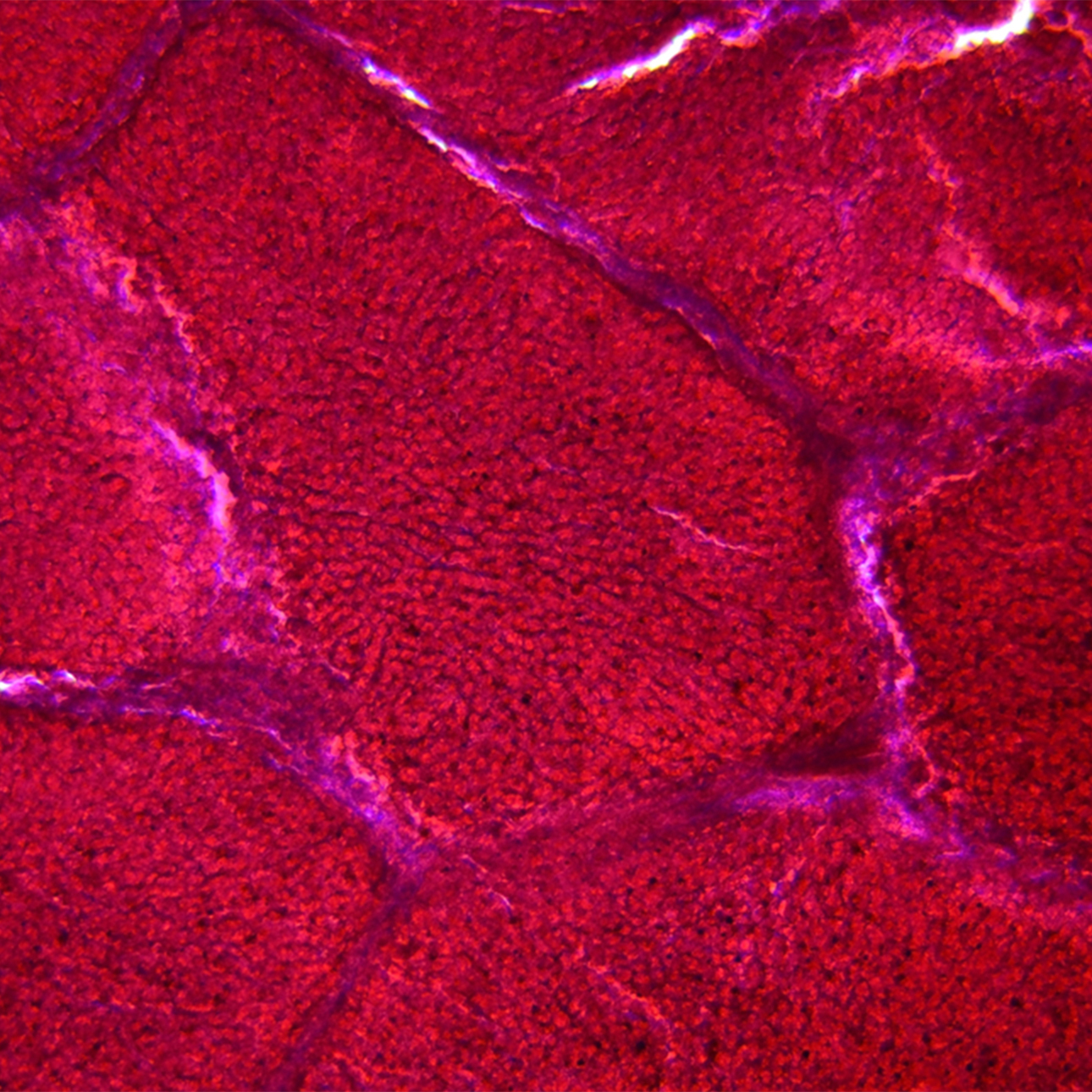
Hemochromatosis
Treatments
The treatment for hemochromatosis is safe and simple. It involves removing the excess iron from the body by drawing your blood, usually a pint at a time in regular intervals. This is done in the same way in which blood is drawn from donors at blood banks.
Once iron levels return to normal, you must give a pint of blood every two to four months for life. When the body replenishes the blood, it draws iron from storage sites such as the liver. Repeated over time, this process eventually eliminates the excess iron and risk of chronic liver disease.
It is important to note that alcohol abuse contributes to the damage caused by excess iron in the liver and should be avoided. Also, people with cirrhosis from hemochromatosis are at increased risk of liver cancer and should have regular surveillance studies. Liver transplantation is an option for patients with liver failure or early cancer.
Liver Transplantation
Liver transplant is recommended for people whose hemochromatosis causes severe liver damage or progresses to liver failure. The evaluation for a transplant is complex and generally requires several months. Therefore, even if a patient is feeling well, they should be referred for a transplant at the first sign of liver failure or if they have advanced liver disease diagnosed by X-ray studies or liver biopsy.
UCSF Health medical specialists have reviewed this information. It is for educational purposes only and is not intended to replace the advice of your doctor or other health care provider. We encourage you to discuss any questions or concerns you may have with your provider.
Treatments we specialize in
-

Living Donor Liver Transplant
The liver's unique ability to regenerate itself enables life-saving transplants.
Learn more -

Liver Transplant
Liver transplantation can be a life-saving option for patients with end-stage liver disease. Learn what happens during the evaluation, surgery and recovery.
Learn more











